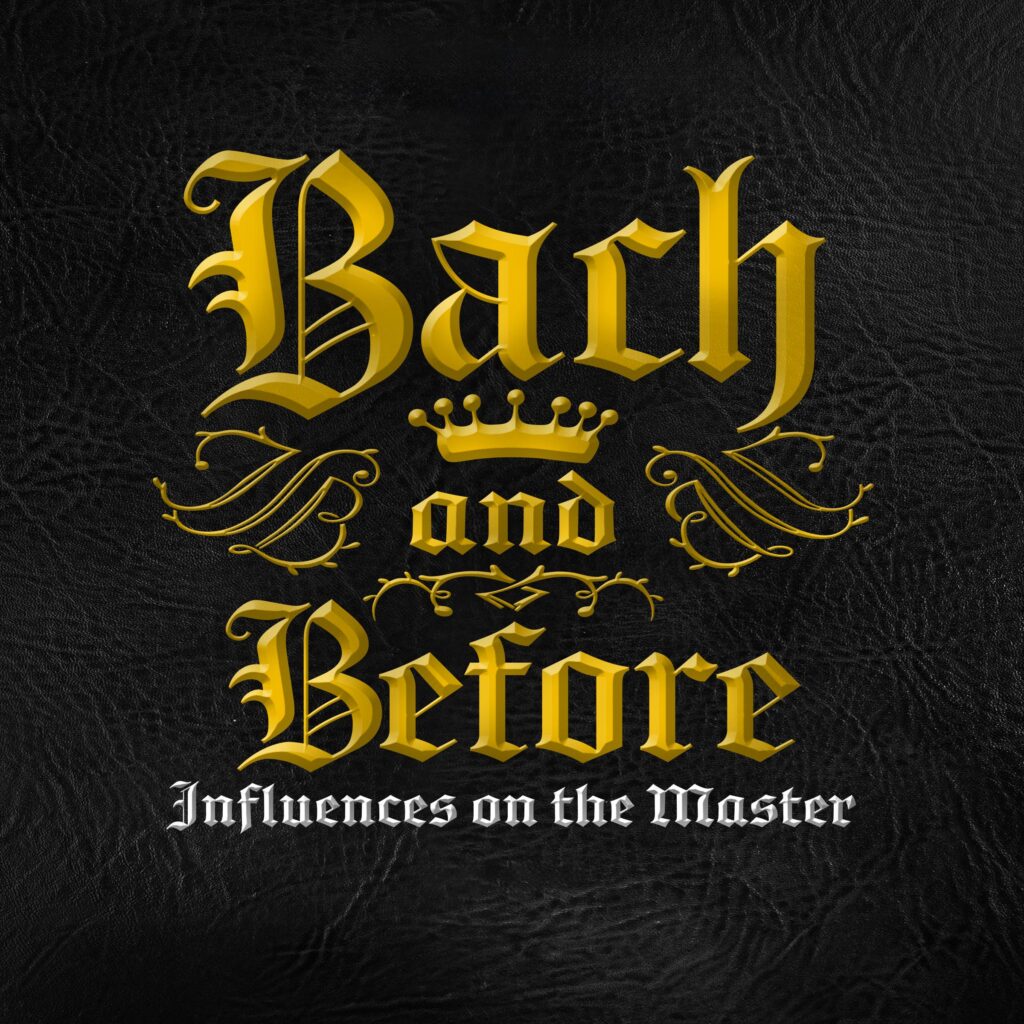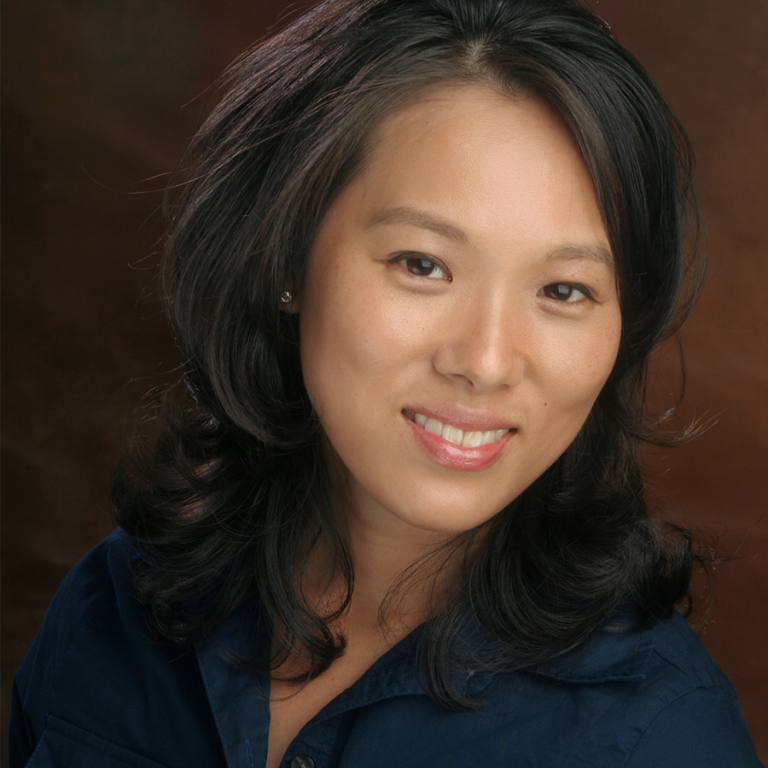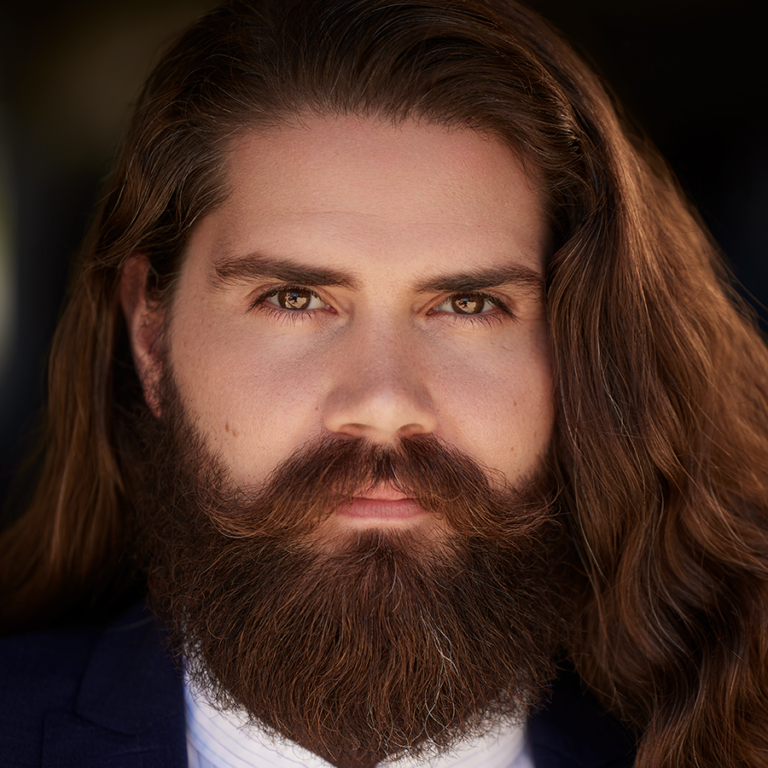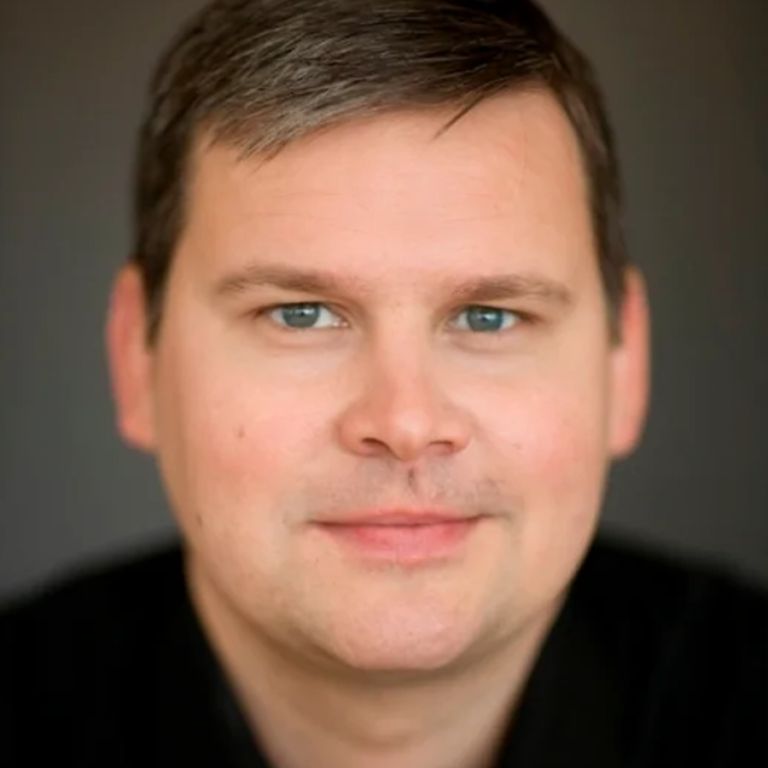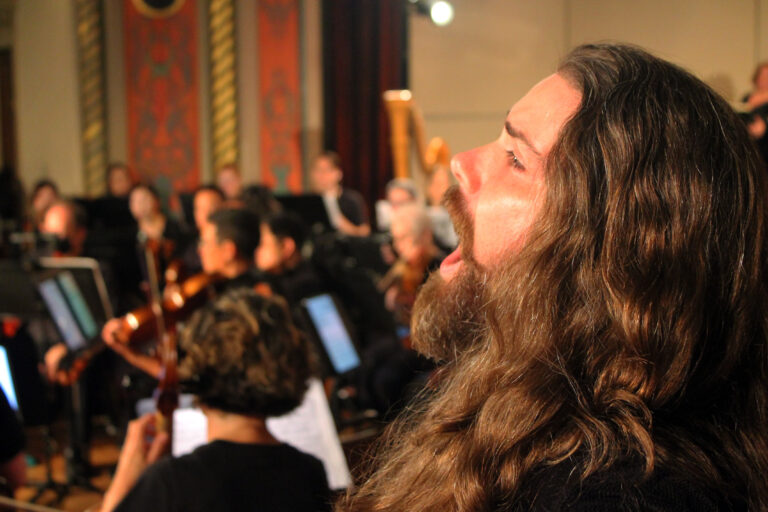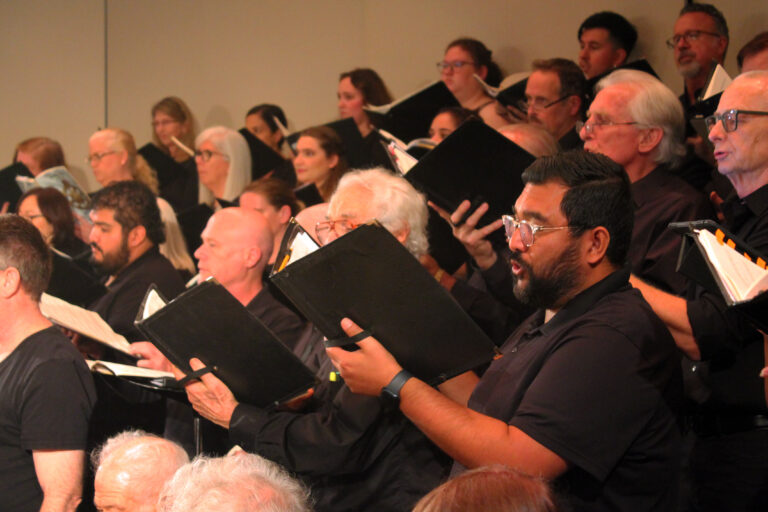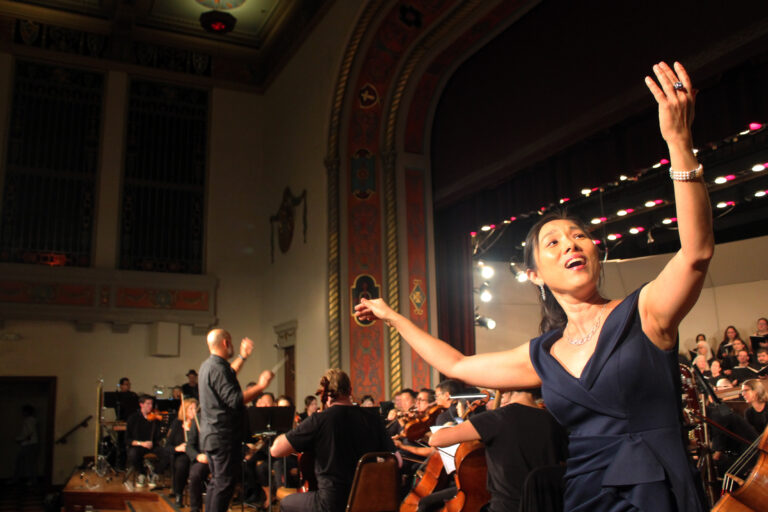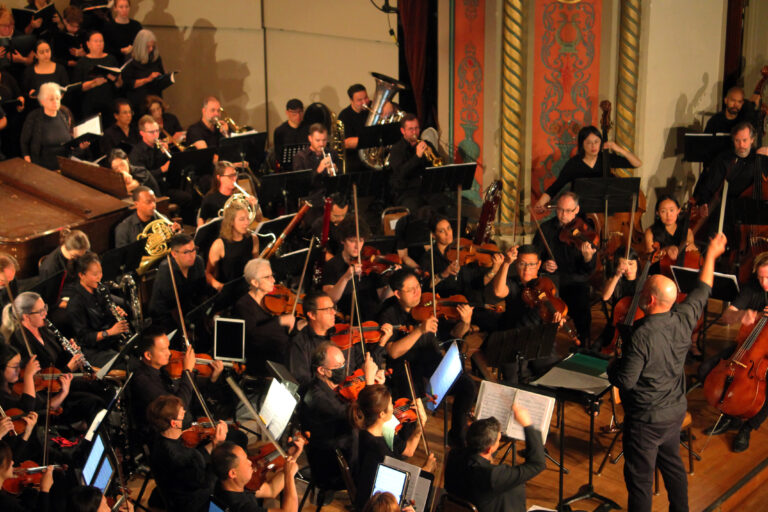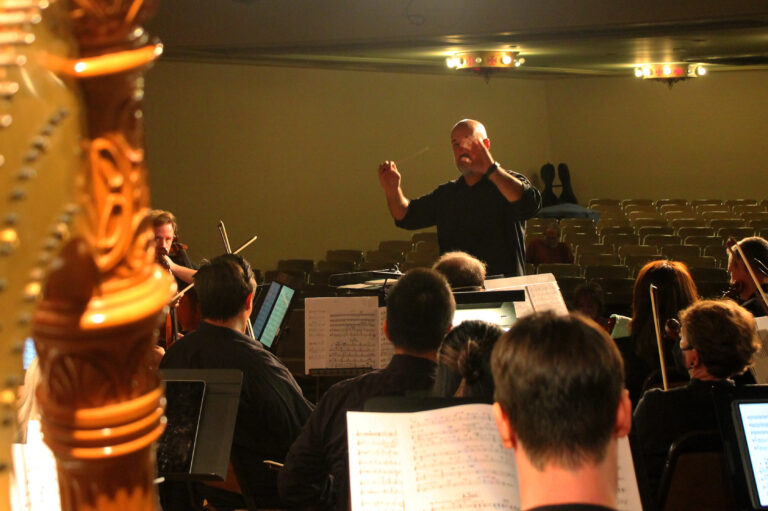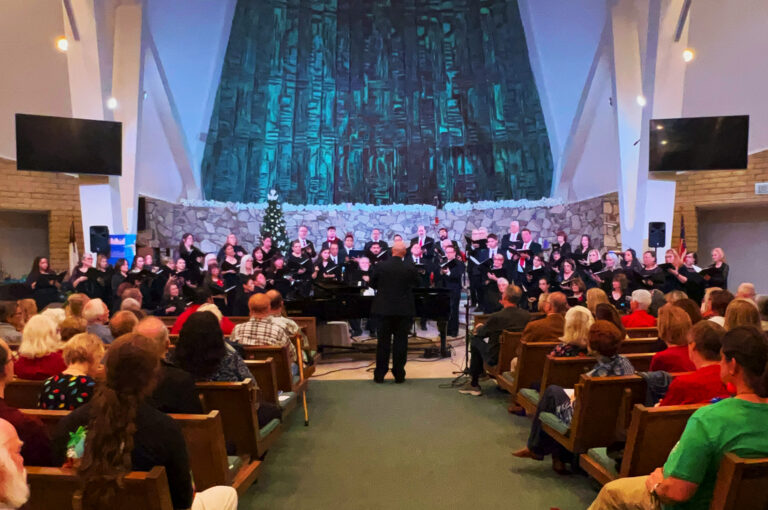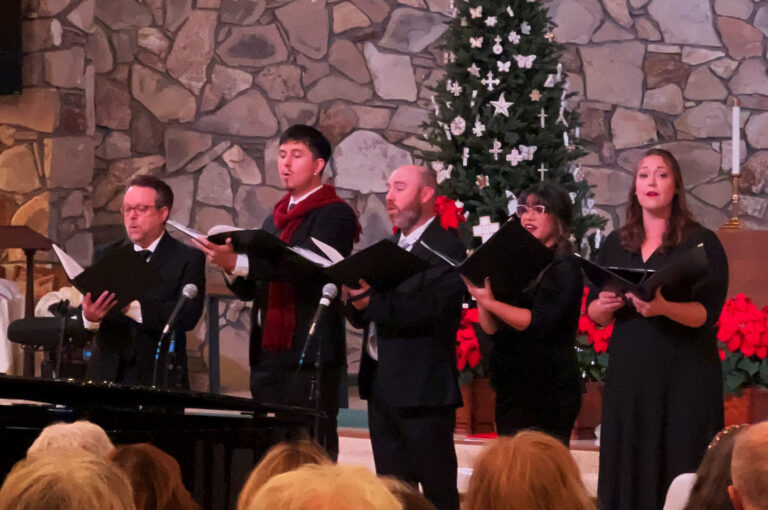2024-25 Season
The 2024-25 season of the Southern California Master Chorale was a journey through musical brilliance, from the sunlit joy of holiday favorites to the timeless depths of Mozart and the dramatic force of Carmina Burana. Concluding with the profound roots of Bach’s genius, the season celebrated tradition, innovation, and the enduring power of choral music to inspire and unite.
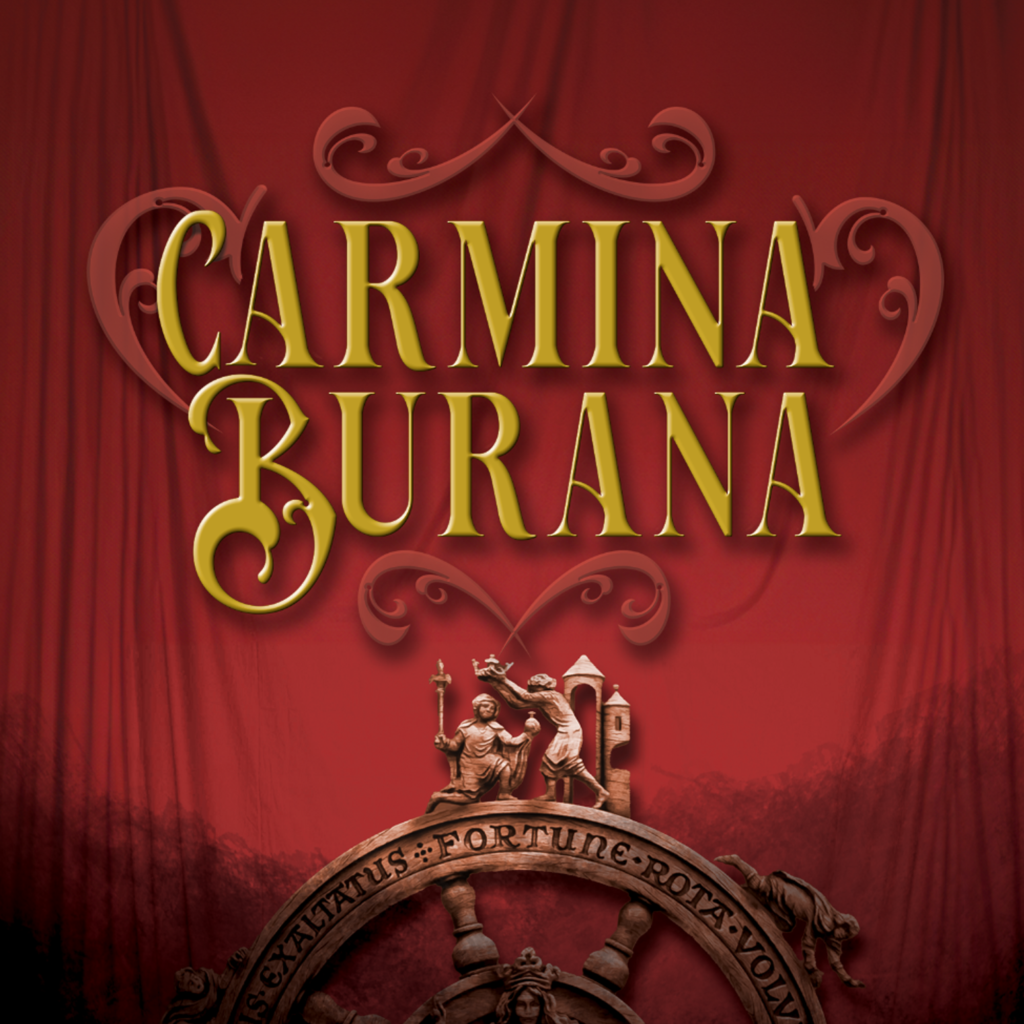
CARMINA BURANA
October 13, 2024
Ernest Borgnine Theater at the Long Beach Scottish Rite Cultural Center, long beach
Step into a world of dramatic intensity and raw emotion with Carl Orff’s Carmina Burana – a musical masterpiece that has captivated audiences for decades. From the thunderous opening of “O Fortuna” to the soaring harmonies and infectious rhythms, this cantata will sweep you off your feet. A monumental blend of orchestra, and soloists, Carmina Burana explores the eternal themes of fate, love, and the celebration of life. Prepare to be enthralled by its larger-than-life energy, unforgettable melodies, and the sheer force of its soundscape. Featuring a 60-piece orchestra and the debut of the Southern California Youth Chorus, Carmina Burana is a breathtaking journey through one of the most exhilarating works in the classical canon.
Featured Soloists
In Performance
A Southern California Christmas
December 7 & 8, 2024
Anaheim United Methodist Church, Anaheim
Everyone thinks of the Southern California sun at Christmastime, right? Well, they will now! Experience Christmas music like never before! Southern California Master Chorale warmly invites you to a festive concert that celebrates the rich musical heritage of our region.
Profound texts, beautiful melodies, gorgeous harmonies, and a few fun surprises are all part of this concert as we highlight the diverse sounds and styles that make our community musically rich, with a blend of classical, modern, and spiritual compositions. Featuring iconic choral works such as O Magnum Mysterium of USC’s Morten Lauridsen and Shawn Kirchner’s Brightest and Best along with gems such as The Alfred Burt Carols and Williametta Spencer’s Nova, Nova and the WORLD PREMIERE of Elaine Bearer’s new setting of the Magnificat. Plus such favorites as Deck the Hall, O Come, O Come, Emmanuel, and White Christmas. It will be a joyful and beautiful journey.
And, as only Southern California can, we’ll have a very special guest to delight the little ones! Come celebrate with us and let the sounds of SoCal bring joy to your holiday season
O Come, O Come Emmanuel
Sheldon Disrud & Jim Christiansen
Willie Take Your Little Drum
arr. William Hall
The Alfred Burt Carols
arr. Hawley Ades
Caroling, Caroling
The Star Carol
We’ll Dress the House
Hark! The Herald Angels Sing
arr. Joanne Hong
Winter Wonderland
arr. Joanne Hong
O Holy Night
Adolphe Adam
arr. Shawn Kirchner
O Come All Ye Faithful
Joy to the World
Tiny Child
Timothy Smith
The Lamb
Kenneth Neufeld
Glow
Eric Whitacre
Brightest and Best
Shawn Kirchner
Nova, Nova Ave Fit Ex Eva
Williametta Spencer
O Magnum Mysterium
Morten Lauridsen
Chanticle of Mary, a Magnificat
WORLD PREMIERE
Eleaine Bearer
The Rose that Bare Jesu
Ron Kean
Auld Lang Syne
arr. Trousdale
Song for the Children
Dennis Coppens
Hark, The Harold Angel
arr. Joanne Hong
Jingle Bells
Santa Claus is Coming to Town
Carol of the Bells
arr. Peter Wilhousky
Deck the Halls
arr. Mack Wilberg
Everywhere I Go
arr. Stephen Coker
White Christmas
arr. Roy Ringwald
Silent Night
arr. Shawn Kirchner
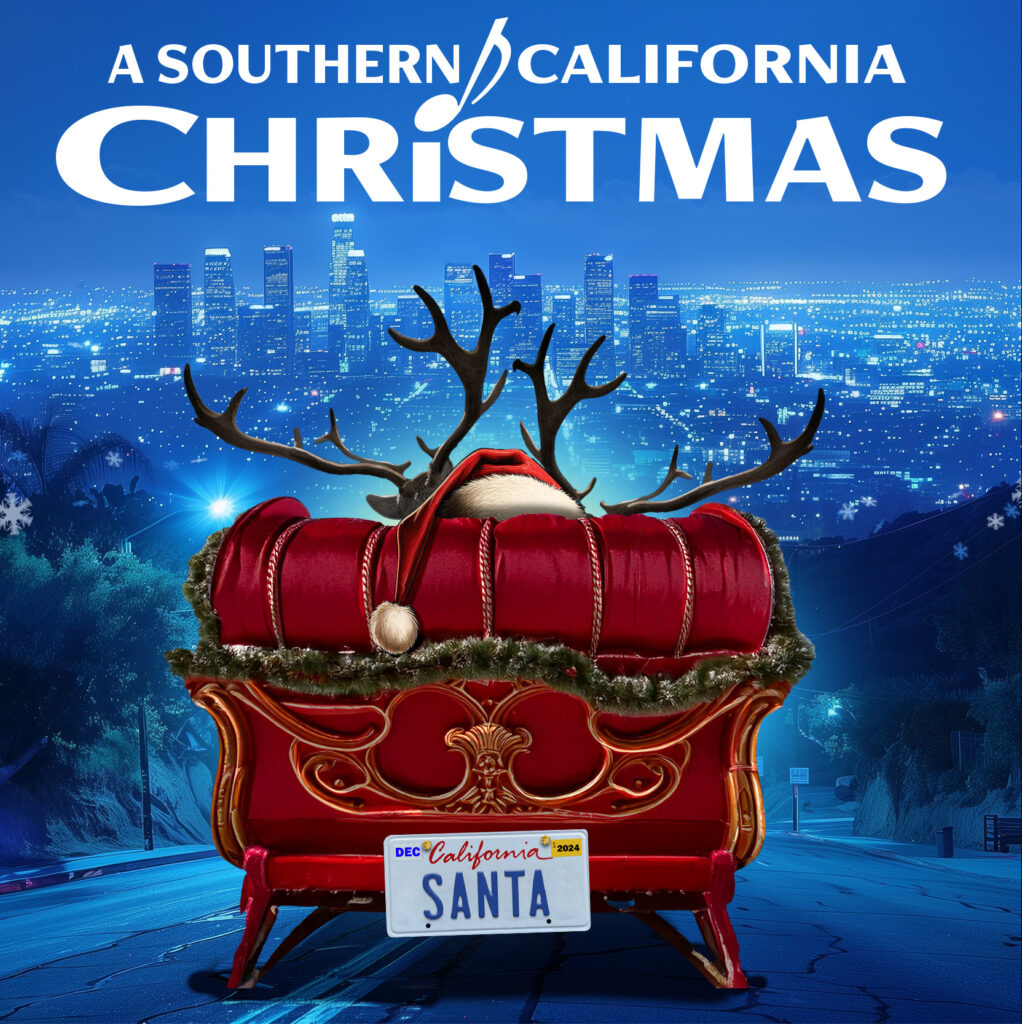
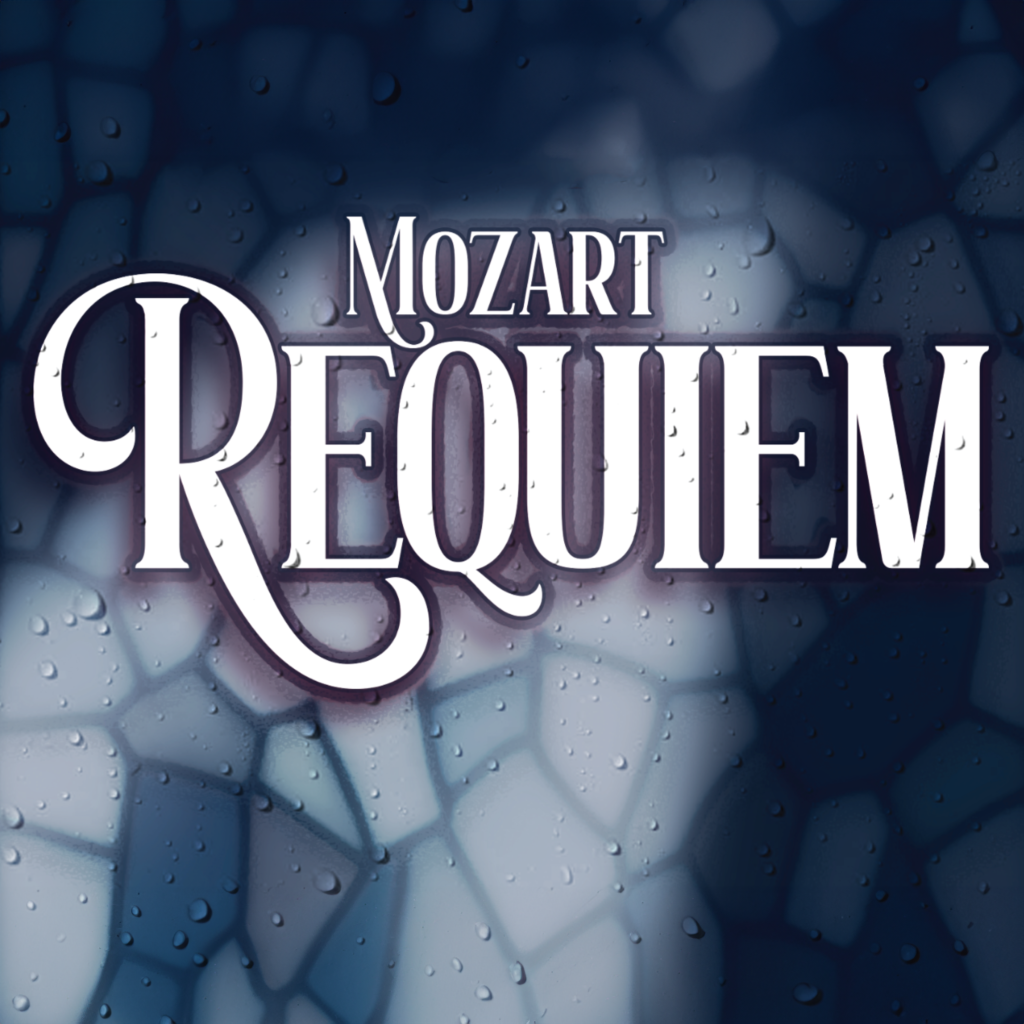
Mozart Requiem
March 28, 2025
St. Boniface Catholic Church, Anaheim
Experience the timeless power and beauty of the Mozart Requiem, a masterpiece that transcends centuries with its profound expression of love, loss, and the human spirit. This stirring work, shrouded in mystery and brilliance, invites you to a journey of awe and reflection through soaring melodies and haunting harmonies. Join us for an unforgettable performance that captures the soul of one of classical music’s most enduring treasures.
Featuring
St. Boniface Catholic Church Parish Choir
Central High School Vivace Chamber Choir, Arizona
St. Thomas the Apostle Catholic Church Parish Choir, Arizona
Orange County Choral Academy
Academy Jubilate, Academy Venite, and Chamber Singers
This concert is a continuation of the vision Greg Hebert and I had over a decade ago. How, in just one day, can a high school and a church choir come together and create beautiful music? As this is now our 7th collaboration, we’d say it is going very well! Now sponsored under my tenure with the Southern California Master Chorale, and though he has retired from teaching, we still are working to continue the vision. He brings his own church choir now, we have a new high school from Arizona joining us, another new youth choir program from right here in Orange County, and are still graciously hosted by the amazing faith community of St. Boniface Catholic Church. This project is a beautiful testament to collaboration, to friendship, and a unique dedication to music and its ability to bring people of all ages and experiences together. Presenting classical choral orchestral masterworks is a rare and beautiful experience. We are all very excited to share it with you.
Tonight is also a WORLD PREMIERE of a piano concerto based on tonight’s centerpiece, the Mozart Requiem. Caleb Lawrence Dehn is currently a senior at the University of Southern California. In May, he will graduate summa cum laude with a Bachelor of Arts in Music, Bachelor of Science in Neuroscience, and minor in Healthcare Studies. In the Fall, Caleb will start as a first-year medical student in Chicago at the Feinberg School of Medicine of Northwestern University. He loves to both play piano and compose, and will continue pursuing his passion for music in medical school. Of his piano concerto, Caleb says,
“The Mozart Requiem is one of my favorite pieces of music, and it has been an absolute joy to use it as inspiration for my piano concerto. I combined themes from the Introit, Confutatis, Lacrimosa, and Domine Jesu with a main theme from Mozart’s Piano Concerto No. 23 in A Major to create something that honors Mozart through my own compositional style and voice.
The opening four measures, as you’ll hopefully recognize, is based on the beginning of the Requiem, but in a different key and meter. Immediately following this, the solo piano introduces a variation on a theme from Mozart’s 23rd Piano Concerto harmonized by figures based on the Lacrimosa.
My choice for the second theme is based on the choral melodies of the Domine Jesu. Throughout the concerto, I give the piano a rhythmic figure similar to that of the Confutatis, but in a much different mood due to the key and meter. After playing with these themes for a while, I segway into an even 4/4 meter and modulate into the key of the Requiem, D minor, so I can quote Mozart note-for-note. For just a few measures, the notes and rhythms are exactly the same as in the Domine Jesu, while the piano plays the choral parts.
Solo piano then plays a short and exciting transition using the harmony of the Lacrimosa but the rhythmic figure of the Confutatis. The orchestra then plays, note-for-note, two (hopefully very recognizable) measures of the Lacrimosa. A fiery cadenza follows this with all themes at once before the orchestra bursts in with the recapitulation.
I based most of the architeture of this work on the “classical” sonata-form piano concerto, but I wanted to add an ending that stylistically sounded less like Mozart and more like myself. The harmony starts sweet and simple with just the strings until the entire orchestra comes in one by one to create a grand moment where every musician on stage is playing (even the trumpets, who have been counting very well in silence up until this point.) The harmony repeats but gets less and less complex as parts drop out, until finally, we end with just the strings and piano. While the ending portrays different emotions than the beginning of the Mozart Requiem, the instrumentation and texture is intentionally similar to the Introit to create an aural cohesion when the Requiem follows.
It is an honor to celebrate the Southern California Master Chorale with this piece. Thank you for coming to the concert this evening, and I hope you enjoy my latest composition, Amadeus Concerto.”
The Mozart Requiem stands as a masterpiece in the choral/orchestral repertoire. What many may not realize is that only about half of this work was composed by Mozart himself—a fact overshadowed by the dramatic and now famous circumstances surrounding its inception and completion. The film Amadeus popularized some aspects of its story, though it took dramatic liberties. The true history of this remarkable composition is no less intriguing.
In 1791, the final year of his tragically short life, a 35-year-old Mozart accepted a commission for a Requiem Mass from an enigmatic stranger. Despite his precarious health and financial struggles, the offer—equivalent to three months’ salary—was too significant to decline. For years, the identity of the commissioner remained a mystery. We now know he was Johann Nepomuk Sortschan, representing Count Franz von Walsegg-Stuppach, who wanted to memorialize his late wife. The Count, a musician himself, was drawn to Mozart’s renowned talents, despite the composer’s distance from the musical elite, largely due to his eccentricities.
The Count’s agent made unannounced visits, demanding updates and copies of the score as proof of progress. Constanze, Mozart’s wife, was anxious for him to complete the work since part of the payment had been advanced. She feared they would have to return the money if the Requiem remained unfinished. Amidst this pressure, Mozart’s superstitions and premonitions of his own demise fueled a frenzied yet profound musical expression of his life and impending death. He utilized every resource available, primarily enlisting his students to assist in secrecy.
Mozart died before he could finish the Requiem. However, the commission had been fully paid, and the work needed to be delivered. While it is clear which parts Mozart authored, the extent of his students’ contributions—whether as scribes to his dictations or as composers themselves—remains partially unknown. Ultimately, Franz Süssmayr, regarded as a less-than-ideal choice by some, was tasked with completing the Requiem. Indeed, he was Constanze’s third choice. Yet, despite criticism of his efforts as “inadequate,” Süssmayr’s close study with Mozart during the composer’s final year likely made him the best-prepared to interpret and finalize the Requiem in accordance with Mozart’s vision.
Only the first movement, the Kyrie, is entirely penned by Mozart. The subsequent movements contain sketches and partial ideas, such as the trombone solo in the Tuba Mirum, the intensity of the Dies Irae, and the driving bass of the Confutatis. The vocal lines for many of the movements were fully composed, but there were only indications for the orchestral parts. The Lacrimosa, the seventh movement, holds a particularly enigmatic place in the Requiem, with Mozart completing only the first eight bars before his death—these were the last bars of music Wolfgang Amadeus Mozart ever wrote. You will notice a dramatic crescendo in tonight’s performance. We feel it is appropriate.
Constanze managed to delay the delivery of what was promised as Mozart’s last completed work by nearly a year—a significant achievement under the circumstances. She retained a copy for herself but ultimately delivered the score to Count Walsegg, fulfilling the secret agreement. Whether the Requiem was ever performed under the guise of being composed by Count Walsegg remains unknown. What is indisputable, over three centuries later, is the profound impact of Mozart’s Requiem. It encapsulates the essence of drama, passion, and the existential reflection on death with unparalleled genius. While incomplete, what we perform tonight remains a testament to Mozart’s enduring brilliance.
Orange County Choral Academy Venite
Kethleen Gremillion, conductor
Ave Verum Corpus
Wir eilen met schwachen
Central High School Vivace Chamber Choir
Ben Shafer, conductor
The Last Words of David
Tenebrae Factae Sunt / O Bone Jesu
St. Thomas The Apostle Catholic Church Parish Choir
Greg Hebert, conductor
The Wisdom of God
Jesu Dulcis Memoria
Dominus Vobiscum
Southern California Master Chorale
Brian Dehn, conductor
Annua Gaudia
I obey thee, O Lord (Lacrimosa) from Da Vinci Requiem
Os Justi
Orchestra
Amadeus Piano Concerto (World Premiere)
Requiem Mass in D Minor, K, 626
In Performance
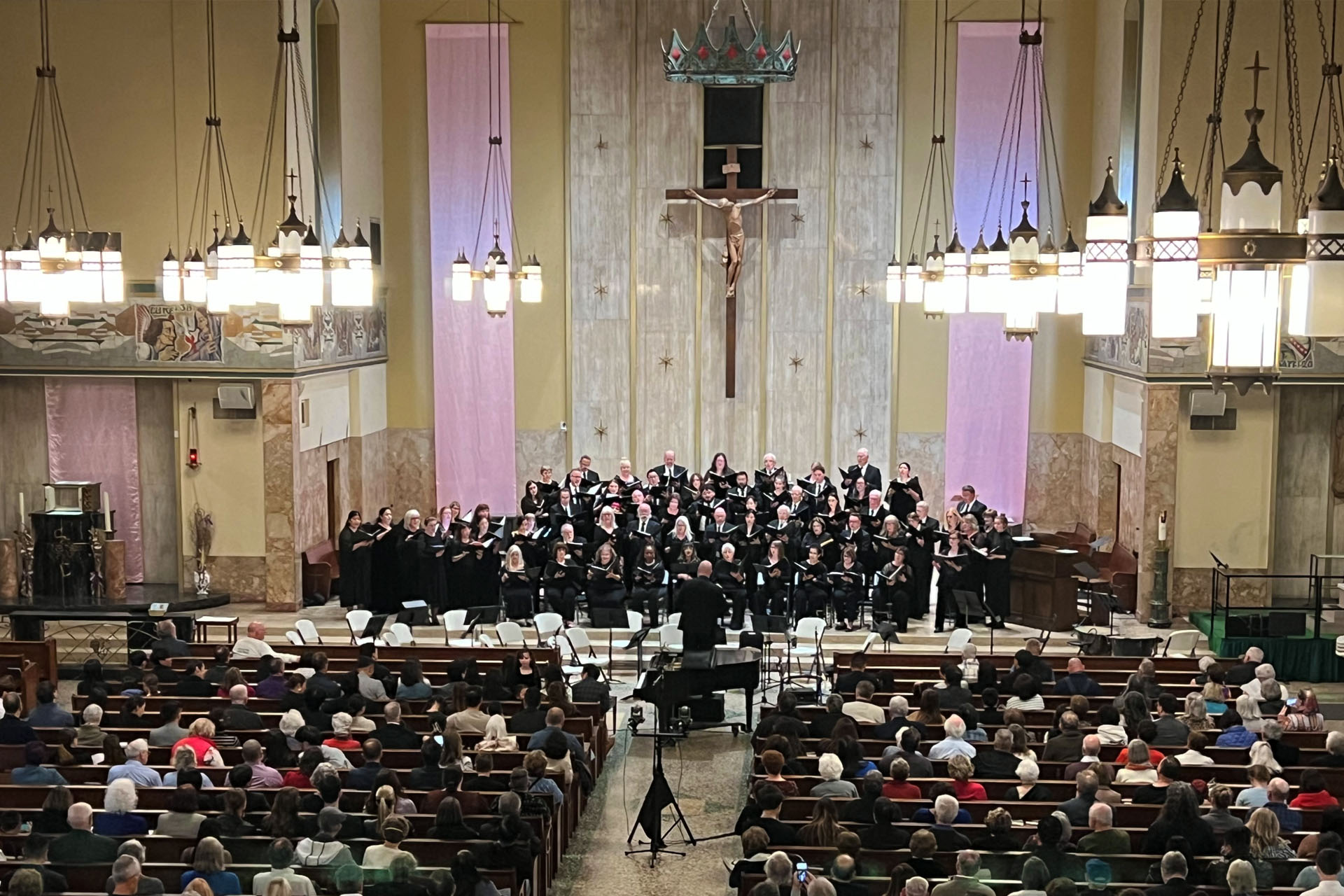
Bach and Before: influences on the Master
June 1, 2025
AAnaheim United Methodist Church, Anaheim
Discover the roots of Bach’s genius in Bach and Before: Influences on the Master, a captivating choral journey through the music that shaped a legend. From the intricate harmonies of Renaissance composers to the vibrant Baroque traditions that inspired Bach’s masterpieces, this concert showcases the artistry that laid the foundation for his unparalleled legacy. Join us for an evening of transcendent music celebrating the timeless influences that continue to resonate through the ages.
Johann Sebastian Bach is often seen as the pinnacle of the Baroque era, and even, to some, as the most prolific and iconic touchstone of any composer across all time — a learned musician whose mastery of counterpoint, formal architecture, and theological profundity established a benchmark that has seldom been equaled. Even more than 250 years after his death, his name remains a household one. He was fluent in Latin and French, and he taught himself Italian. By the age of 15, he had already far surpassed the standard academic curriculum for boys of his age, studying Advanced Arithmetic, Philosophy, Poetry, Physics, Linguistics, Theology, Classical Literature, Geography, Logic, Rhetoric, organ building, played numerous instruments, and possessed a well-regarded “beautiful soprano voice.” By 18, he was known as one of the most exceptional organists of his time. But no genius emerges in a vacuum.
This program explores the musical ancestry that shaped Bach’s intellect and imagination: his mentors, colleagues, and precursors within both sacred and secular traditions across Europe. Indeed, as we studied these compositions in rehearsal, we also examined a document listing no fewer than 25 composers — including significant figures not featured in this program, such as Frescobaldi, Pachelbel, and Schelle — whose works Bach studied and performed during his formative years. While attending St. Michael’s School in Lüneburg, he had access to one of the oldest, largest, and most opulent choral libraries in Germany (only St. Thomas’s in Leipzig could compare) — a collection exceeding 1,100 works. He had extraordinary resources at his disposal, and he made full and deliberate use of them.
We begin with Heinrich Schütz, widely regarded as the greatest German composer before Bach. A student of Giovanni Gabrieli in Venice, Schütz introduced the Italian concertato style to Lutheran Germany. Selig sind die Toten reflects his gift for merging expressive text setting with architectural precision — a quality that Bach would later embrace with even greater intricacy. You will notice highly independent vocal lines and striking tonal shifts that vividly illuminate the textual meaning.
Johann Kuhnau, Bach’s immediate predecessor as Thomaskantor in Leipzig, is best remembered for his keyboard sonatas, yet his sacred vocal music reveals significant rhetorical insight. His setting of Psalm 51 (Gott, sei mir gnädig), from which we perform only the first and final movements, is both penitential and intimate, prefiguring the emotive potential Bach would fully realize in his Mass and Passion settings.
Georg Böhm, organist at Lüneburg, had a formative influence on the young Bach during his adolescent years. Indeed, Böhm is often regarded as his most influential instructor. The cantata Satanas und sein Getümmel exemplifies the North German stylus phantasticus — a genre marked by dramatic unpredictability, vivid expressiveness, and rhetorical contrast in its musical depiction of cosmic struggle between good and evil. We are presenting only the opening and final two movements of the six-part work. You’ll hear drama and a certain brilliance in Böhm’s writing, though without the consummate mastery of counterpoint and orchestration that characterizes Bach.
Italian influences are represented by Alessandro Scarlatti, whose operatic idiom reached German audiences via traveling musicians and circulating manuscripts. His O cessate di piagarmi offers a concise yet potent glimpse into the recitative-aria paradigm that shaped Baroque expressivity across Europe.
The polyphonic foundation of all “learned” sacred music is honored in the Missa Brevis by Giovanni Pierluigi da Palestrina, whose seamless voice-leading and harmonic clarity became the pedagogical ideal for “pure” church music. Bach himself owned a copy of Palestrina’s works and admired their formal elegance. Palestrina’s original setting, entitled Sine Nomine, was for unaccompanied voices. However, in the late-Baroque Lutheran context, certain portions of the Mass (even those using traditional Catholic texts) were performed with instrumental accompaniment. In this performance, you will hear Palestrina’s Kyrie in its original a cappella form, followed by the Gloria as realized through Bach’s
own style.
After intermission, we turn to composers more directly entwined with Bach’s professional milieu. Dietrich Buxtehude, whose Abendmusik concerts profoundly inspired Bach’s organ and choral works, composed the mystical oratorio Membra Jesu Nostri, widely regarded as his most ambitious and expressive sacred vocal composition. It fuses Italianate lyricism, German contrapuntal integrity, and theological introspection, and it left a profound imprint on the next generation — including Johann Sebastian Bach himself. So revered was Buxtehude, in fact, that the young Bach walked over 250 miles to hear him perform. Membra Jesu Nostri is a seven-part cantata cycle meditating on the suffering body of Christ, each movement addressing a different member: feet, knees, hands, side, breast, heart, and face. We present only the third movement, Ad manus (To the hands), whose sensual text and vivid musical imagery explore Christ’s wounds with poignant detail.
Georg Philipp Telemann, one of the most prolific composers in Western history and godfather to Bach’s son Carl Philipp Emanuel, was both a close confidant and respected equal. His psalm setting Laudate Jehovam epitomizes the synthesis of French refinement, Italian lyricism, and German contrapuntal structure — the very stylistic amalgam Bach would come to master.
The Bach family was itself a dynastic force in German music. Johann Christoph Bach, a cousin whom Johann Sebastian deeply admired, composed with remarkable emotional gravity. Es ist nun aus mit meinem Leben is a compact expression of sorrow and spiritual transcendence.
Gottfried Heinrich Stölzel, though lesser-known today, was highly esteemed in his time — including by Bach, who not only copied his music but included Bist du bei mir in the Notebook for Anna Magdalena Bach. For many contemporaries, Stölzel was considered among the strongest composers working in Germany. This poignant aria, drawn from his opera Diomedes, remains a treasured jewel of the German Baroque.
The motet Ich lasse dich nicht is often attributed jointly to Johann Sebastian Bach and Johann Christoph Bach. While its authorship is debated—the initial harmonic simplicity contrasts sharply with the hocket-like fugue of the final section. While its sophistication variability raises questions—it remains a spiritually and musically substantial double-choir work. It is a plea for divine presence: persistent, vulnerable, and fervently faithful.
The program concludes with the final movement from Bach’s masterwork, the Mass in B Minor: the radiant “Dona nobis pacem.” As the crowning statement of his lifelong engagement with sacred music, it unites the diverse voices, styles, and traditions explored throughout this program. What is striking in this setting is the depth of complexity achieved through seemingly simple materials. With only four vocal lines and sparse orchestration, the harmonic texture—particularly its modal inflections—is remarkably sophisticated. The music is deceptively difficult, yet its emotional gravitas befits its role as the closing supplication of one of history’s greatest musical achievements. As with so much of Bach’s work, it is more than music — it is a prayer, not only for peace, but for unity in a richly interconnected musical legacy.
Selig sing die toten, SWV 391 (1648)
Heinrich Schütz (1585-1672)
Gott, sei mir gnädig nach deiner Güte (1705)
I. Gott, sei mir gnädig nach deiner Güte
VI. Lass mich hören Freund und Wonne
Johann Huhnau (1660-1722)
Satanas und sein Getümmel (pre-1700)
I. Sonata
V. Jesus hat nun überwunden
VI. Amen
Georg Böhm (1661-1733)
O cessate di piagarmi (c. 1700)
Alessandro Scarlatti (1659-1725)
Missa Brevis (Sine Nomine, 1590)
I. Kyrie
II. Gloria
Giovanni Pierluigi da Palestrina (1525-1594)
Membra Jesu nostril (1680)
III. Ad manus
Dietrich Buxtehude (1637-1707)
Laudate Jehovam omnes gentes (1758)
Georg Phillip Teleman (1681-1767)
Es ist nun aus mit meinem Leben (pre-1690)
Johann Christoph Bach (1642-1703)
Bist du bei mir (1718)
Gottfried Heinrich Stölzel (1690-1749)
Ich lasse dich nicht, BWV 1164 (c. 1710)
Johann Christoph Bach &
Johann Sebastian Bach
Dona Nobis Pacem (from Mass in B minor, BWV 232 (1749))
Johann Sebastian Bach (1685-1750)
